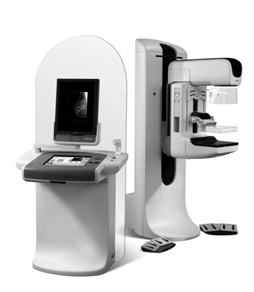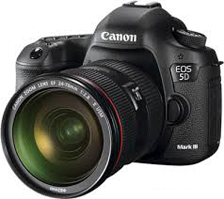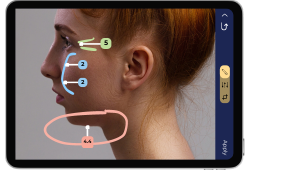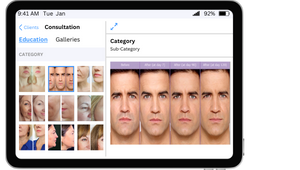What Is RxPhoto?
In an image-centric world, before and after photos are practices’ #1 tool for converting consultations into procedures. We at RxPhoto have seen firsthand how important visual aids are in moving cosmetic patients through the buyer’s journey.
RxPhoto News
In the RxPhoto Cosmetic Consumer Analysis Report, we surveyed over 1,000 consumers researching cosmetic procedures and an overwhelming 74.8% stated that they would NOT CONSIDER a medical practice if that practice did not have a before and after gallery.

Capturing Medical Photos
So, before and after photos are clearly important for practices. Further, every practice we speak to acknowledges that they need to improve theirs. Why don’t they?
We speak to practices daily about medical photography. Every one of them has their own unique issues, but there are typically 2 overall problems that most practices face: time and quality.
Save Valuable Time
Aesthetic practices are busy. Some see 50+ patients a day. The 10-12 minutes that it takes to capture standardized and consistent before and after photos turns a practice’s most valuable marketing tool into an exhaustive process: one that should never be rushed or skipped completely. There are a few traditional options that practices use to take before and after photos today.
The issue with all of the below-mentioned devices is time. Bulky medical equipment limits photography to 1 room, causing logistical issues, or time uploading images to a desktop computer or EMR. Since all of these options force the photos to be on 1 device, retrieving photos also proves difficult; we have heard horror stories of clinicians frantically searching the computer for patients photos.
While it is not obvious, what medical photography equipment a practice uses can greatly affect the efficiency of the office. Below we explain how bulky devices and camera choice can be a costly time constraint.
– Their size limits photo capturing to a dedicated photography room, often causing patient-flow bottlenecks.
– Some do not use cloud-based storage, meaning photos are only stored on the device, making it difficult to retrieve specific patient photos when they are needed.
– Photos are stored on the device only.
– Like medical photography equipment, most offices have one camera that is shared, so the staff has to physically be in possession of the device in order to take or retrieve patient photos meaning that only one patient can be photographed at a time.
– The actual process of taking photos – which is considered PHI (Personal Health Information) – on a mobile device that stores that photo is not HIPAA compliant unless you set up specific security measures.
– Practices tell us that once a day or once a week they have to take several hours out of their day to upload patient photos to their computers.
– By the time someone sits down to upload/catalog these photos, they often don’t remember to whom a particular photo belongs.




Consistent Quality Photos
Picture this: we are a busy practice seeing 50 patients a day. We need to take pictures. We don’t have a lot of time to take pictures but not only do we need to take them, they need to look good. We should have standard poses for each procedure, and the before picture needs to be the same size/dstance as the after. How do we keep consistent?
The traditional solutions are $15k medical photography equipment, photoshop, or a staff member trained to professional photographer standards – none of which are cost-effective:
- The equipment itself is expensive and requires even more money for maintenance.
- Using photoshop takes valuable time away from a clinician or office clerk.
- Training a staff member takes time and money, and limits the available time and space for photography to that employee.
Showcase Your Photos
he cosmetic procedure was a success! The before and after photos somehow look great! Now, what do we do with them? How do we, as a practice beautifully showcase our before and after photos? Aesthetic practices need simple yet efficient tools to help market and illustrate their services through their before and after photos.
Without this, practices are missing their biggest conversion tool: before and after photos.
Now that we have discussed how time and quality affects the medical practices ability, how does RxPhoto turn this exhaustive process into something that saves time and maintains quality?
RxPhoto – The Solution
RxPhoto has essentially given every aesthetic practice the ability to capture perfect and standardized before and after photos with their mobile device. Using RxPhoto saves time by automatically cataloging and uploading all photos to the RxPhoto HIPAA compliant cloud. RxPhoto also provides showcasing tools to help practices convert more consultations to procedures.
The RxPhoto app transforms an iPhone or iPad into a clinical photography system that streamlines the process of taking high-quality and consistent before and after medical photos:
- On screen capturing guides, leveling tools and grid lines help maintain consistency across staff members and time intervals.
- Customizable photo-sequencing directs the photo session so every patient has the same set of photos appropriate to their specific procedure – no angle or position can be missed!
- Photo-ghosting overlays already-captured photos over current view-finder images so that each photo is aligned identically, making your after photos highly consistent with your before photos.
- Images are automatically catalogued by patient name, date, diagnosis, treatment, and body region and uploaded to the RxPhoto HIPAA compliant cloud for effortless retrieval
- Seamless retrieval of patient photos allows practices to easily use their photos for expectation management, marketing, and illustration of cosmetic services.
- RxPhoto’s showcasing tools can create digital patient reports, care/treatment plans, side-by-side comparisons, consent forms and more.

